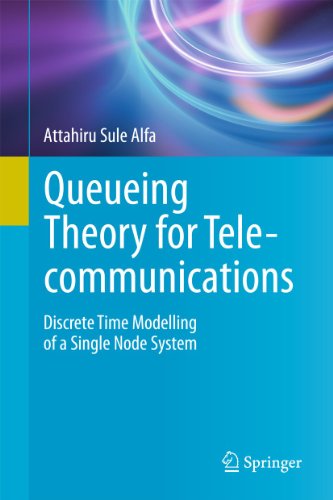

Most ebook files are in PDF format, so you can easily read them using various software such as Foxit Reader or directly on the Google Chrome browser.
Some ebook files are released by publishers in other formats such as .awz, .mobi, .epub, .fb2, etc. You may need to install specific software to read these formats on mobile/PC, such as Calibre.
Please read the tutorial at this link: https://ebookbell.com/faq
We offer FREE conversion to the popular formats you request; however, this may take some time. Therefore, right after payment, please email us, and we will try to provide the service as quickly as possible.
For some exceptional file formats or broken links (if any), please refrain from opening any disputes. Instead, email us first, and we will try to assist within a maximum of 6 hours.
EbookBell Team

0.0
0 reviewsQueueing theory applications can be discovered in many walks of life including; transportation, manufacturing, telecommunications, computer systems and more. However, the most prevalent applications of queueing theory are in the telecommunications field.
Queueing Theory for Telecommunications: Discrete Time Modelling of a Single Node System focuses on discrete time modeling and illustrates that most queueing systems encountered in real life can be set up as a Markov chain. This feature is very unique because the models are set in such a way that matrix-analytic methods are used to analyze them.
Queueing Theory for Telecommunications: Discrete Time Modelling of a Single Node System is the most relevant book available on queueing models designed for applications to telecommunications. This book presents clear concise theories behind how to model and analyze key single node queues in discrete time using special tools that were presented in the second chapter. The text also delves into the types of single node queues that are very frequently encountered in telecommunication systems modeling, and provides simple methods for analyzing them. Where appropriate, alternative analysis methods are also presented.
This book is for advanced-level students and researchers concentrating on engineering, computer science and mathematics as a secondary text or reference book. Professionals who work in the related industries of telecommunications, industrial engineering and communications engineering will find this book useful as well.